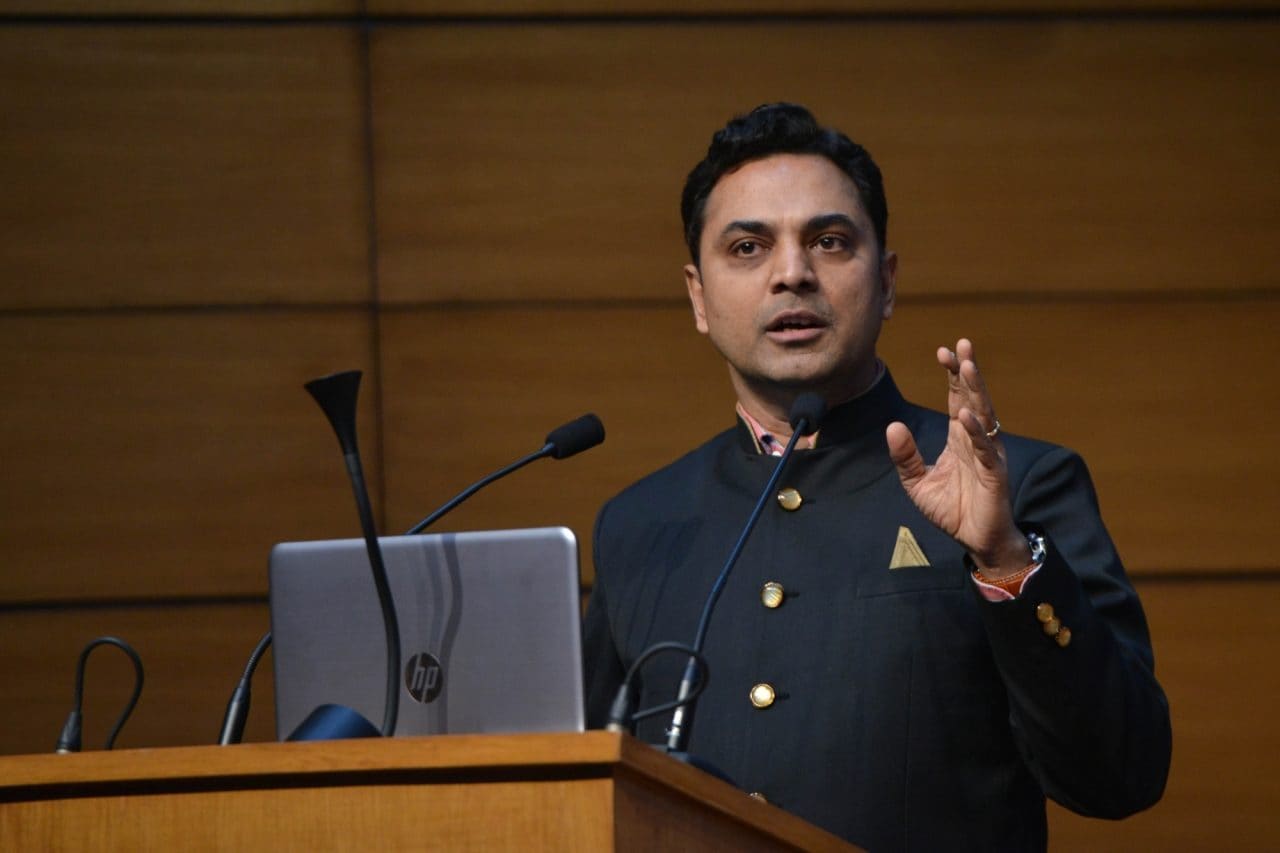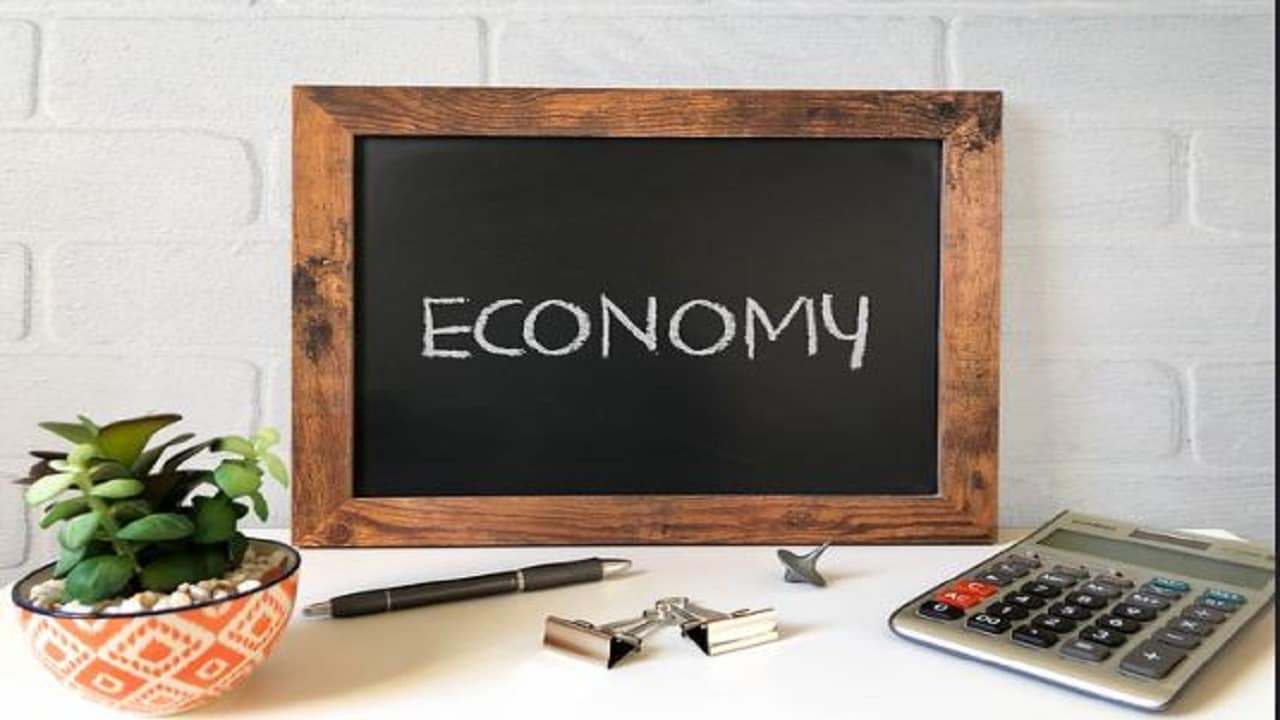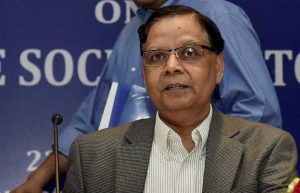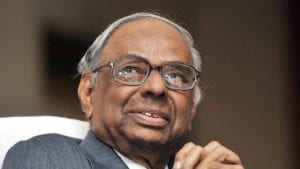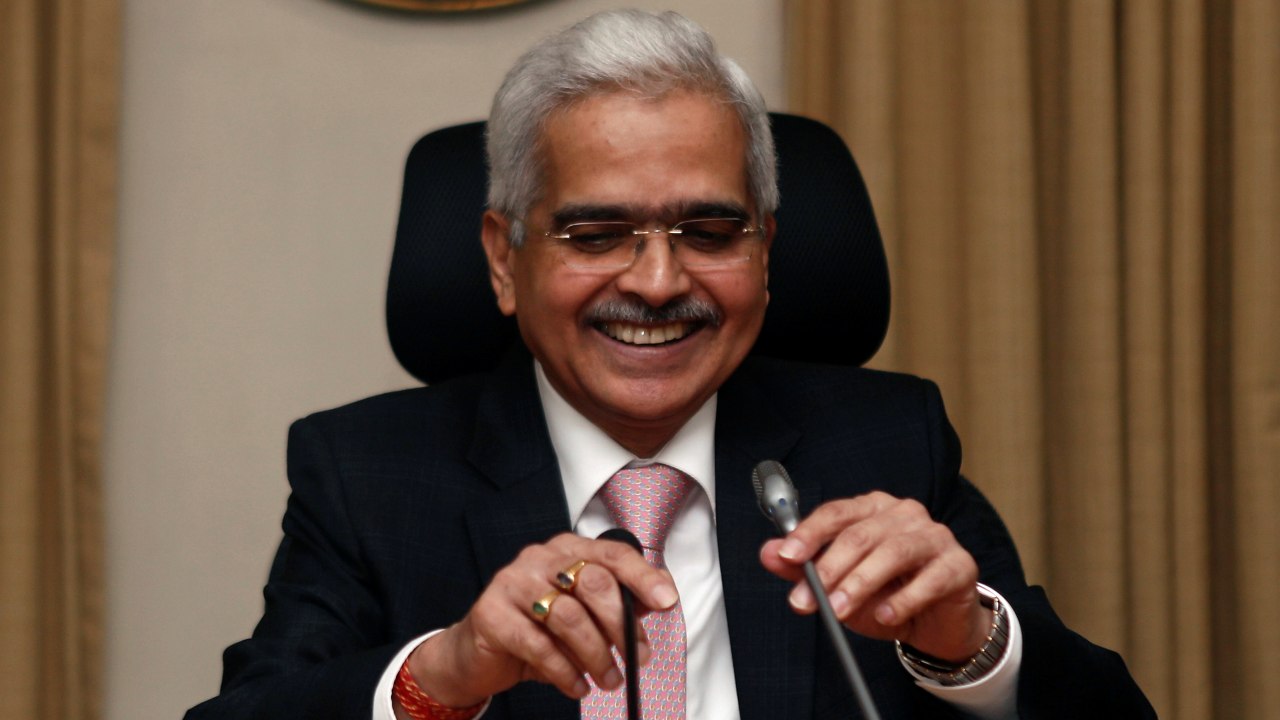RBI’s proposed bad loan provisioning regime may not impact PSU banks significantly, says SBI chairman
Summary
India’s banking P&Ls are about to undergo a dramatic change. The Reserve Bank of India (RBI) wants banks to provide for bad loans before they actually default. Currently, when a borrower fails to pay 90 days past due date, the loan is marked as non-performing asset (NPA) and has to be provided for.
Dinesh Kumar Khara, Chairman of State Bank of India, is confident that the Reserve Bank of India’s discussion paper on bad loans provisioning regime won’t be a shock for banks.
“The provision coverage ratio of PSU banks have improved significantly in past couple of years. Also with the fact that there will be a 5-year period available for recalibrating the provisions, I think PSU banks will be in a position to handle it fairly well. If at all it gets implemented, then FY25 would be the first year but then additional provisioning would be required to be made in a five year time over that. So whatever additional provisioning is now being seen on our calculation, we feel that it is not going to have any impact on banks like us,” Khara told CNBC-TV18.
India’s banking P&Ls are about to undergo a dramatic change. The RBI wants banks to provide for bad loans before they actually default. Currently, when a borrower fails to pay 90 days past due date, the loan is marked as non-performing asset (NPA) and has to be provided for.
RBI has now put out a discussion paper which requires banks to provide for loans before default: that is
1. When stress begins to show
2. On the basis of historical bad loans in certain categories
3. On the basis of interest rate cycle and macro causes
These higher provisions are not happening immediately. The discussion paper is out, and based on reactions to it, RBI will put out draft guidelines and then the final guidelines.
Then banks will get one year to develop models and then probably five years to smoothen the provision shock and the capital shock. But it is going to be a shock and for investors buying bank stocks need to know that the low credit cost-high profit period is about to be replaced by higher credit costs, but for strengthening the balance sheet. However it could affect EPS and hence valuations.
Meanwhile, Krishnan Sitaraman of CRISIL Ratings also expects provisioning levels to go up in the new dispensation. He added that the impact of the move would have been higher if it had been introduced 5 years back.
“The provisioning levels definitely will go up with this path breaking kind of new dispensation. However if these guidelines were introduced 5-years back then the impact on the banking system would have been far higher. Today the banking system has a higher degree of provisioning coverage and so the incremental impact would be less today as compared to what it would have been 5-years back,” Sitaraman said.
Also Read: India’s economic growth appears to be ‘very fragile’, says RBI MPC member Jayanth Varma

Elon Musk forms several ‘X Holdings’ companies to fund potential Twitter buyout
3 Mins Read
Thursday’s filing dispelled some doubts, though Musk still has work to do. He and his advisers will spend the coming days vetting potential investors for the equity portion of his offer, according to people familiar with the matter


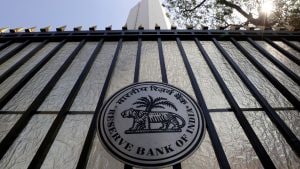






 Listen to the Article
Listen to the Article  Daily Newsletter
Daily Newsletter






